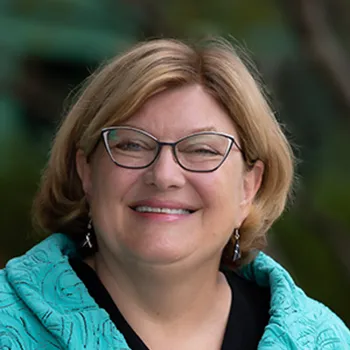As we help people prepare for retirement, we talk a lot about their goals and lifestyle. Because lifestyle can be an elusive concept, a concrete way to think about it is to picture a typical day in retirement.
You may think of retirement as a time when you’ll do all the things you don’t have time for while working. But where do you begin to factor all those things in? How do you shape a regular retirement day? Here are some thoughts to get you started.
Be realistic about your pace
It can help to look at how other non-working people spend their time. I find it striking that in the government’s American Time Use Survey, time spent in EVERY category increases when people aren’t working. So, it’s not a 1:1 swap of work time for leisure time. Non-working people spend a little bit more time doing everything from sleeping and eating to household chores and community activities.
As you picture your typical day, keep in mind that you are likely to slow everything down. Maybe for you that means sleeping in, having a leisurely breakfast and reading while you sip coffee. Maybe you’re an early bird who moves through those activities quickly but then spends extra time maintaining the house or checking on friends and family.
Choose your leisure activities
On average, non-working people spend almost 3 more hours per day on leisure activities than working people, according to the Time Use Survey. People under 55, regardless of employment status, spend about 4 hours a day on leisure activities, like reading, exercising and watching TV. That increases to 7.3 hours for people over 65.
So, you are likely to have a few hours a day to fill with something beyond just taking your time on daily activities. While it can seem dauting at first to fill those hours, spending them doing something you love can make a difference. Author and investment advisor Wes Moss found during his book research that happy retirees have an average of 3.6 “core pursuits” (or fulfilling activities), while unhappy retirees average 1.9.
What kind of hobbies do you think you’ll want to pursue? Genealogy, hiking, pottery, shopping, restoring classic cars, cooking — these retirement hobbies have wildly different price tags, so having an idea of pursuits that interest you can be helpful in planning.
A Merrill Lynch survey found that leisure in retirement can differ from leisure earlier in life. Retired survey respondents said leisure is often about engagement, connection and activity. Non-retired respondents said it was often about relaxation and de-stressing. So, consider that your ideal leisure activity today may not be as meaningful to you in retirement.
Create your routines
While you will have much more flexibility in retirement, many people prefer to stick to routines.
There is research about the importance of creating a morning routine. It sets the tone and builds momentum for the rest of your day and takes advantage of increased willpower to accomplish goals and establish habits. This is true at any time of life, but you can really take advantage of a morning routine if you don’t have to rush off to work.
You’ll want your typical day to factor in activities that work your body and brain. The CDC recommends that people over 65 do 150 minutes of aerobic activity and two muscle-strengthening activities per week. Mayo Clinic researchers have found that engaging in mentally stimulating activities at least weekly may protect against mild cognitive impairment, a stage that comes before dementia. The study found that computer use, craft activities, social activities and playing games decreased risk by 22% to 30%.
Plan for things to change
As you’ve read this, you’ve probably been thinking about a typical day in the first of four retirement stages: the honeymoon stage. Also think about what a typical day will look like once you move into stages where health challenges or the loss of a partner change what you can or want to do regularly.
Even if it’s still years away for you, picturing your typical day in retirement can be a helpful way to bring your lifestyle goals into focus. And knowing your goals is a key factor in saving and investing to make them happen.

